- Anti Fungal
- Hepatitis
- Beauty & Skin Care
- Asthma
- Modafinil
- Urology Segment
- Thyroid Care
- Armodafinil
- HIV Medicines
- Weight Loss
- Naltrexone
- Anti Emetic
- Neuropathic Pain
- Mens Health
- Hair Loss
- Pain Relief
- HCG Injections
- Quit Smoking
- Pharmaceutical Vaccine
- Best Selling Products
- Anti Viral
- Bimatoprost
- Antibiotics
- Women's Health
- Cetaphil
- Botulinum
- Diabetes
- Human Albumin
- Anti Malarial
- Dermal fillers
- Chemical Peels
- Nephrology Segment
- Kidney / Liver Care
- Anti Cancer
- Altus Product's
- Pharmaceutical Products
- Anti-Cancer
- Armodafinil
- Bimatoprost
- Botulinum
- Dermal Fillers
- Hepatitis
- Mens-health
- Modafinil
- Naltrexone
- ANTI EMETIC
- Altus Product’s
- Anti Fungal
- Anti Malarial
- Anti Viral
- Antibiotics
- Asthma
- Beauty & Skin Care
- Cetaphil
- Chemical Peels
- Diabetes
- Hair Loss
- HCG Injections
- HIV Medicines
- Human Albumin
- Kidney / Liver Care
- Neuropathic Pain
- Pain Relief
- Pharmaceutical Products
- Pharmaceutical Vaccine
- Quit Smoking
- Thyroid Care
- Weight Loss
- Women’s Health
- Anti Fungal
- Hepatitis
- Beauty & Skin Care
- Asthma
- Modafinil
- Urology Segment
- Thyroid Care
- Armodafinil
- HIV Medicines
- Weight Loss
- Naltrexone
- Anti Emetic
- Neuropathic Pain
- Mens Health
- Hair Loss
- Pain Relief
- HCG Injections
- Quit Smoking
- Pharmaceutical Vaccine
- Best Selling Products
- Anti Viral
- Bimatoprost
- Antibiotics
- Women's Health
- Cetaphil
- Botulinum
- Diabetes
- Human Albumin
- Anti Malarial
- Dermal fillers
- Chemical Peels
- Nephrology Segment
- Kidney / Liver Care
- Anti Cancer
- Altus Product's
- Pharmaceutical Products
No products in the cart.
Return To Shop$29.72 – $64.87Price range: $29.72 through $64.87
Glimer 1 Tablet (Glimepiride 1mg)
Glimer 1 Tablet belongs to a group of medicines called sulfonylureas and is used to treat type 2 diabetes mellitus in adults. It helps control blood sugar levels in people with diabetes thereby preventing serious complications of diabetes such as kidney damage and blindness.
Have questions?
Call : +91 9002 1002 33
Glimer 1 Tablet (Glimepiride 1mg)
| COUNTRY OF ORIGIN | India |
|---|---|
| DOSAGE FORM | Tablets |
| GENERIC NAME | Glimepiride |
| INDICATION | Type 2 diabetes mellitus |
| MANUFACTURER | Abbott India Pvt Ltd |
| PACKAGING | 10 tablets in 1 strip |
| COMPOSITION | Glimepiride (1mg) |
PRODUCT INTRODUCTION
Glimer 1 Tablet belongs to a group of medicines called sulfonylureas and is used to treat type 2 diabetes mellitus in adults. It helps control blood sugar levels in people with diabetes thereby preventing serious complications of diabetes such as kidney damage and blindness.
Glimer 1 Tablet may be used alone or along with other medicines. It should be taken just before or with the first meal of the day. Take it regularly at the same time each day to get the maximum benefit. Your doctor will decide what dose is best for you and this may change from time to time according to your blood sugar levels.
Keep taking this medicine, even if you feel well or yo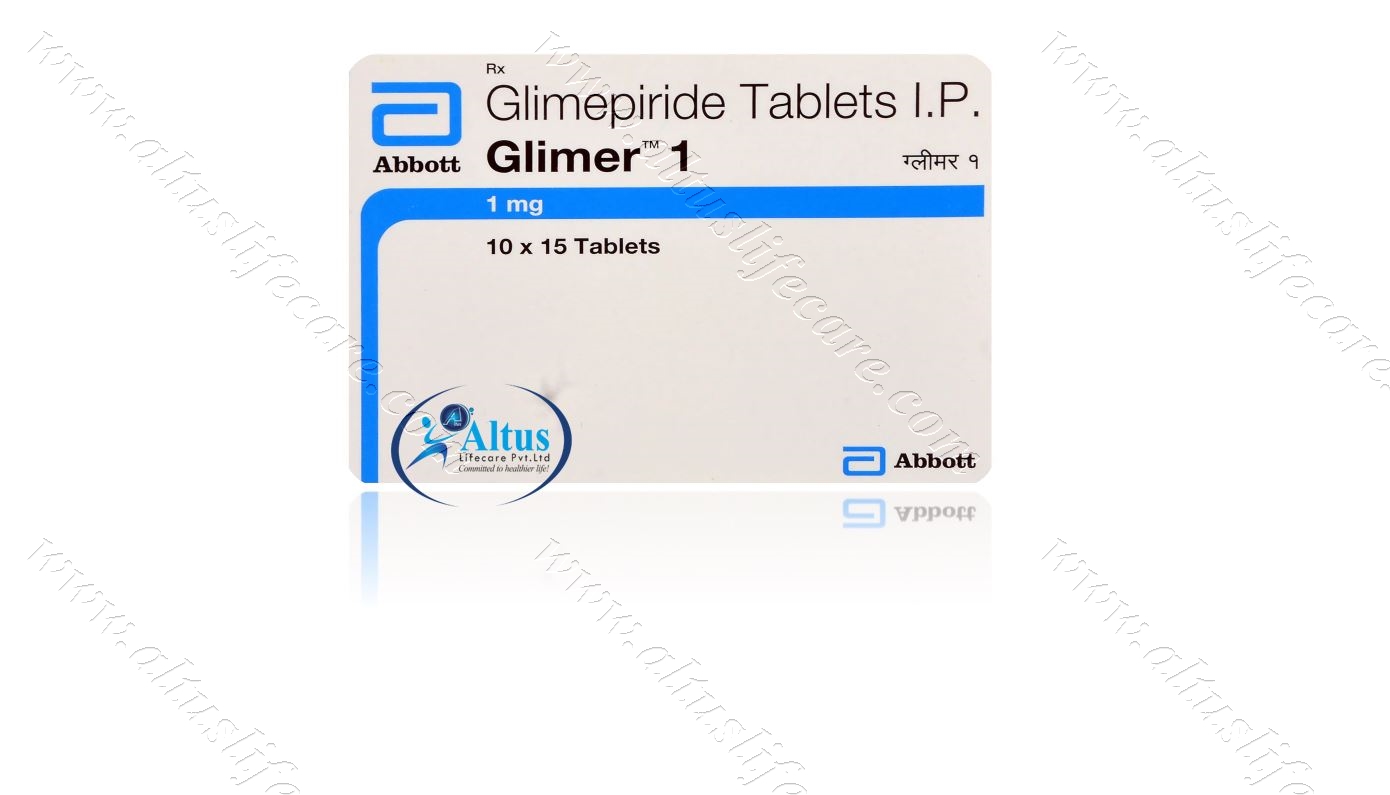 ur blood sugar levels are controlled. If you stop it without consulting your doctor, your blood sugar levels could rise to put you at risk of diabetes complications such as kidney damage, blindness, nerve problems, and loss of limbs.
ur blood sugar levels are controlled. If you stop it without consulting your doctor, your blood sugar levels could rise to put you at risk of diabetes complications such as kidney damage, blindness, nerve problems, and loss of limbs.
Remember that it is only part of a treatment program that should also include a healthy diet, regular exercise, and weight reduction as advised by your doctor. Your lifestyle plays a big part in controlling diabetes.
The most common side effects of taking this medicine include low blood sugar levels (hypoglycemia), nausea, headache, and dizziness. Make sure you recognize the signs of having low blood sugar levels, such as sweating, dizziness, headache, and shaking, and know how to deal with them.
To prevent this, it is important to have regular meals and always carry a fast-acting source of glucose such as sugary food or fruit juice with you. Drinking alcohol can also increase your risk of low blood sugar levels and hence should be avoided. Some people may experience an increase in weight with this medicine.
You should not take it if you have type 1 diabetes mellitus, diabetic ketoacidosis (high levels of acid in your blood), or if you have severe kidney or liver disease. Before taking this medicine, tell your doctor if you have ever had heart disease, thyroid disease, or some hormonal conditions, as it may not be suitable.
Pregnant or breastfeeding women should also consult their doctor before taking it. Your blood sugar levels should be checked regularly and your doctor may also advise blood tests to monitor your blood cell counts and liver function.
“Emerging Research on Glimepiride and Diabetes”
The field of diabetes research is dynamic, and this section explores the latest developments in the understanding of Glimepiride’s role in diabetes care. By staying abreast of emerging research, healthcare professionals can integrate new knowledge into their clinical practice, ensuring that patients receive the most up-to-date and effective care.
“Exploring the Efficacy of Glimepiride in Diabetes Care”
This paragraph delves into the efficacy of Glimepiride as a therapeutic agent in diabetes care. By exploring its impact on blood glucose levels and glycemic stability, healthcare providers can gain insights into how Glimepiride contributes to overall treatment success in managing diabetes.
Interplay Between Inflammation and Insulin Resistance in Treatment of Type 2 Diabetes Mellitus
Recognizing the link between inflammation and metabolic dysfunction, this section explores the interplay between inflammation and insulin resistance in the treatment of Type 2 Diabetes Mellitus. By addressing inflammatory processes, healthcare providers can optimize insulin sensitivity and improve glycemic control.
Signs and Symptoms of Type 2 Diabetes Mellitus: Understanding Initial Metabolic ChangesGain insights into the initial metabolic changes associated with Type 2 Diabetes Mellitus. Explore how understanding these changes in the early stages can contribute to proactive health measures and prevention.
“Meds for Diabetes Mellitus Type 2: Medication Insights for Optimal Diabetes Management”
Gain valuable insights into diabetes medications for achieving optimal management. This guide provides a deep dive into the nuances of medication choices, empowering individuals with knowledge and understanding to optimize their diabetes care.
Medications for Diabetes Mellitus Type 2: Medication Storage and Handling Tips
Proper storage and handling of medications are essential for maintaining their efficacy. Explore this blog to learn valuable tips on how to store and handle diabetes medications to ensure their potency and effectiveness.
The Symphony of Healing: Drug for Diabetes Mellitus Type 2
Describing the drug as a harmonious symphony of healing, exploring how its multifaceted impact contributes to a comprehensive and holistic approach to healing for those with Diabetes Mellitus Type 2.
DM Type 2 Medications: Medication Insights for Optimal Diabetes Management
Provide valuable insights into Type 2 Diabetes medications to empower individuals in achieving optimal diabetes management. Explore how medication choices can align with individual health goals for better outcomes.
Diabetes Mellitus Medications: The Art and Science of Medication Use
Master the art and science of using diabetes mellitus medications. This guide delves into the delicate balance between the artistic and scientific aspects of medication use, emphasizing precision and individualization.
USES OF GLIMER TABLET
- Treatment of Type 2 diabetes mellitus
BENEFITS OF GLIMER TABLET
In Treatment of Type 2 diabetes mellitus
Glimer 1 Tablet increases the amount of insulin your body produces (in the pancreas). The insulin then works to lower your blood glucose level. It is usually taken once a day. You should keep taking it for as long as it is prescribed.
Lowering blood glucose levels is an essential part of managing diabetes. If you can control the level you will reduce the risk of getting any of the serious complications of diabetes such as kidney damage, eye damage, nerve problems, and loss of limbs. Taking this medicine regularly along with proper diet and exercise will help you live a normal, healthy life.
SIDE EFFECTS OF GLIMER TABLET
Common side effects of Glimer
- Hypoglycemia (low blood glucose level)
- Headache
- Nausea
- Dizziness
HOW TO USE GLIMER TABLET
HOW GLIMER TABLET WORKS
SAFETY ADVICE

Alcohol

Pregnancy

Breast feeding
Monitoring of the breastfed infant’s blood glucose is advisable during maternal therapy with Glimer 1 Tablet

Driving

Kidney
Use of Glimer 1 Tablet is not recommended in patients with severe kidney disease. These patients can experience very low blood sugar levels which may become normal after a long time.

Liver
However, the use of Glimer 1 Table t is not recommended in patients with severe liver disease. These patients can experience very low blood sugar levels which may become normal after a long time.
WHAT IF YOU FORGET TO TAKE GLIMER TABLET?
| Pack Size | 90 Tablet/s, 150 Tablet/s, 210 Tablet/s, 300 Tablet/s |
|---|
3 reviews for Glimer 1 Tablet (Glimepiride 1mg)
Related products
Cabgolin Tablet (Cabergoline)
From: $50.65Resof-L Tablet | Ledipasvir | Sofosbuvir
From: $256.41Glioz 100mg Capsule Temozolomide
From: $148.57Hepcvir L Tablet | Ledipasvir | Sofosbuvir
From: $256.41Bevatas Injection (Bevacizumab)
From: $145.45Hepcvir Tablet | Sofosbuvir 400mg
From: $153.85Resof 400mg Tablet | Sofosbuvir 400mg
From: $179.49People also bought
-

Benoquin 40 Cream | Monobenzone 40%
From: $154.77 -
 From: $38.38
From: $38.38 -
 From: $40.05
From: $40.05 -

Aziderm 10% Cream 15gm | Azelaic Acid 10%
From: $39.26
Our Services
Shipping
Shipping at Discounted Price
Money Returns
Return Within 30 Days
Secure Payment
Safe & Secure Payment
Support 24/7
Contact 24 Hours Day
From: $103.85

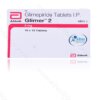
From: $33.33
- Anti-Cancer
- Armodafinil
- Bimatoprost
- Botulinum
- Dermal Fillers
- Hepatitis
- Mens-health
- Modafinil
- Naltrexone
- ANTI EMETIC
- Altus Product’s
- Anti Fungal
- Anti Malarial
- Anti Viral
- Antibiotics
- Asthma
- Beauty & Skin Care
- Cetaphil
- Chemical Peels
- Diabetes
- Hair Loss
- HCG Injections
- HIV Medicines
- Human Albumin
- Kidney / Liver Care
- Neuropathic Pain
- Pain Relief
- Pharmaceutical Products
- Pharmaceutical Vaccine
- Quit Smoking
- Thyroid Care
- Weight Loss
- Women’s Health

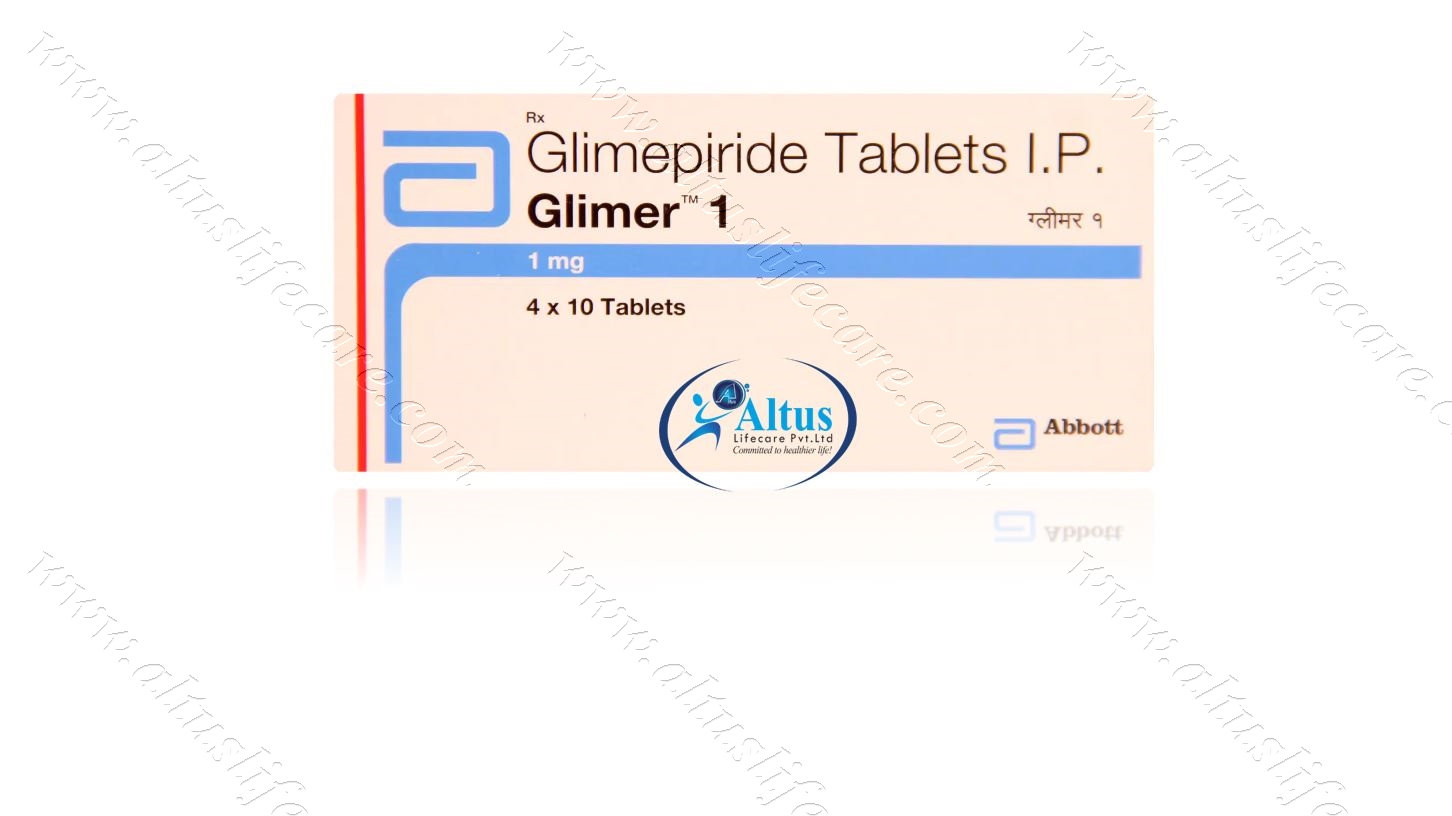
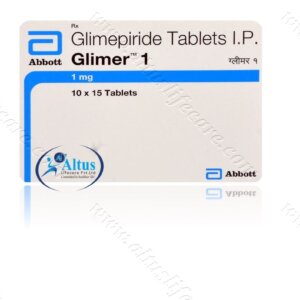
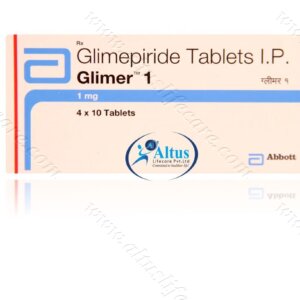


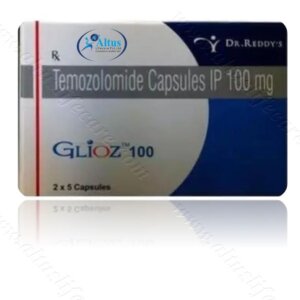
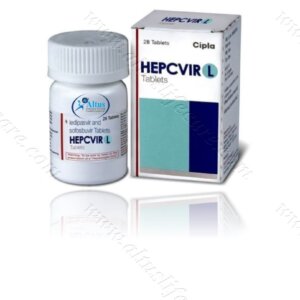
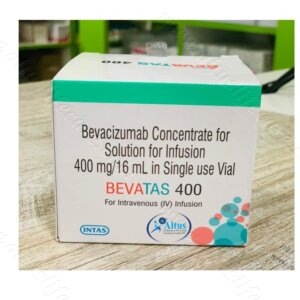




Raegan (verified owner) –
Type 2 diabetes has motivated me to be more conscious of my health choices and advocate for awareness.
Erin (verified owner) –
“Quick shipping and unbeatable product quality – a happy customer!”
Donna (verified owner) –
“I’m extremely satisfied with the product quality. The item surpassed my expectations, and the packaging was excellent. It arrived in pristine condition, thanks to the careful packaging.”